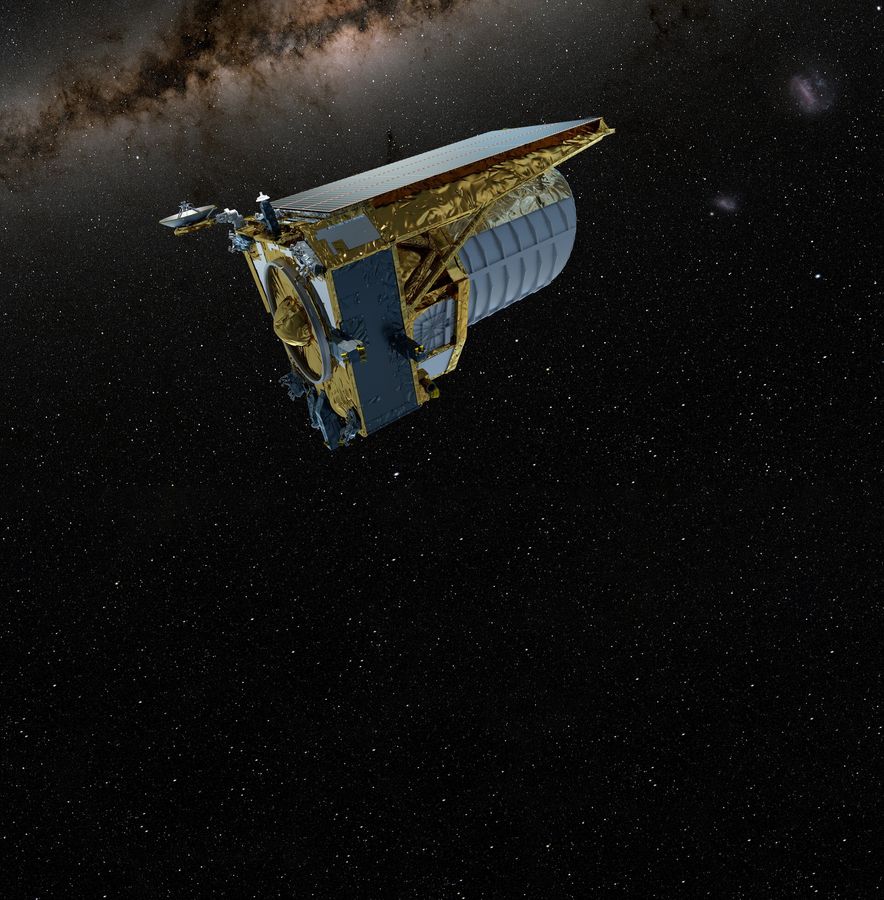
‘Dark universe exposed’: Euclid captures 26 million galaxies in just one week
Produced by: Manoj Kumar


Galactic Explosion
Euclid’s first release captured over 26 million galaxies in just one week—some from 10.5 billion years ago.

Dark Unveiled
By decoding cosmic lensing, Euclid maps the invisible skeleton of the Universe—dark matter and dark energy.

AI Alliance
Smart algorithms + citizen science led to the discovery of 500 strong gravitational lenses, most never seen before.

Cosmic Blueprint
The mission traces the cosmic web—filaments of matter where galaxies form, evolve, and collide.

Zoom Power
Zoomed 70x, deep field images show galaxy clusters, Einstein rings, and light warped by gravity.

Data Avalanche
Euclid beams back 100 GB/day, expected to catalog 1.5 billion galaxies over six years.

Morphology Breakthrough
AI-trained Zoobot classified 380,000 galaxies by shape, unlocking secrets of spirals, bars, and mergers.

Structure Revealed
From one glance, scientists see how galaxies cluster and stretch across the cosmic vastness.

Fossil Light
Nebulae like the Cat’s Eye in deep fields act as stellar time capsules, glowing with dying star energy.